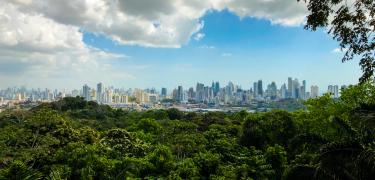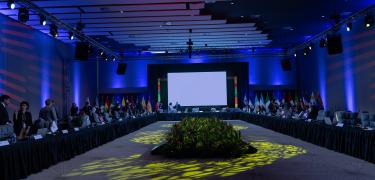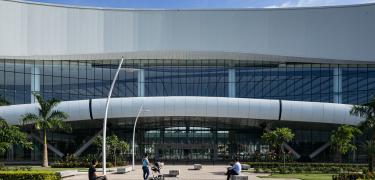The Emberá - Wounaan
In Panamá, it’s very easy to visit an indigenous community, learn about their beliefs and share a traditional meal. The country’s 3.5 million inhabitants include 12% who identify as members of one of the native ethnic groups: Guna, Ngäbe-Buglé, Teribe, Bokota, Emberá-Wounaan, and Bri-Bri. And some of them live very close to the city.
For example, the Emberá people had always lived in the Darien rainforest, where their current territory has about 12,000 inhabitants. Starting in the 1960s, some Emberás emigrated to the Panama Canal watershed and established villages along the Chagres river (Parará Puru, Emberá Drua, Tusípono Emberá, and Ella Puro) and on the shores of Lake Gatun (Emberá Quera).

Although they reside near the capital city, the Emberás in the Canal Watershed have kept their language, songs and dances, and above all, their reverence for the natural world. Nevertheless, their move from the rainforest to a protected territory meant they had to find a new way to remain self-supporting. They now earn most of their income from tourism.
The Emberá are imbued with a deep respect for their rivers and forests, because they believe that everything in nature has a spirit. These communities skillfully weave baskets using chunga (black palm) leaves and carve cocobolo wood and tagua (ivory palm) seeds into statues and miniatures.

Visiting an Emberá village will give you a chance to talk with the community’s leaders and learn about their way of life and how they see the world. You’ll see their traditional homes, take part in their dances and enjoy their handicrafts. Indulge in body painting or a temporary tattoo made with jagua!
Local guides will also take you through the luxuriant landscape of the Canal watershed. You can hike, float down transparent rivers and see wondrous waterfalls.





